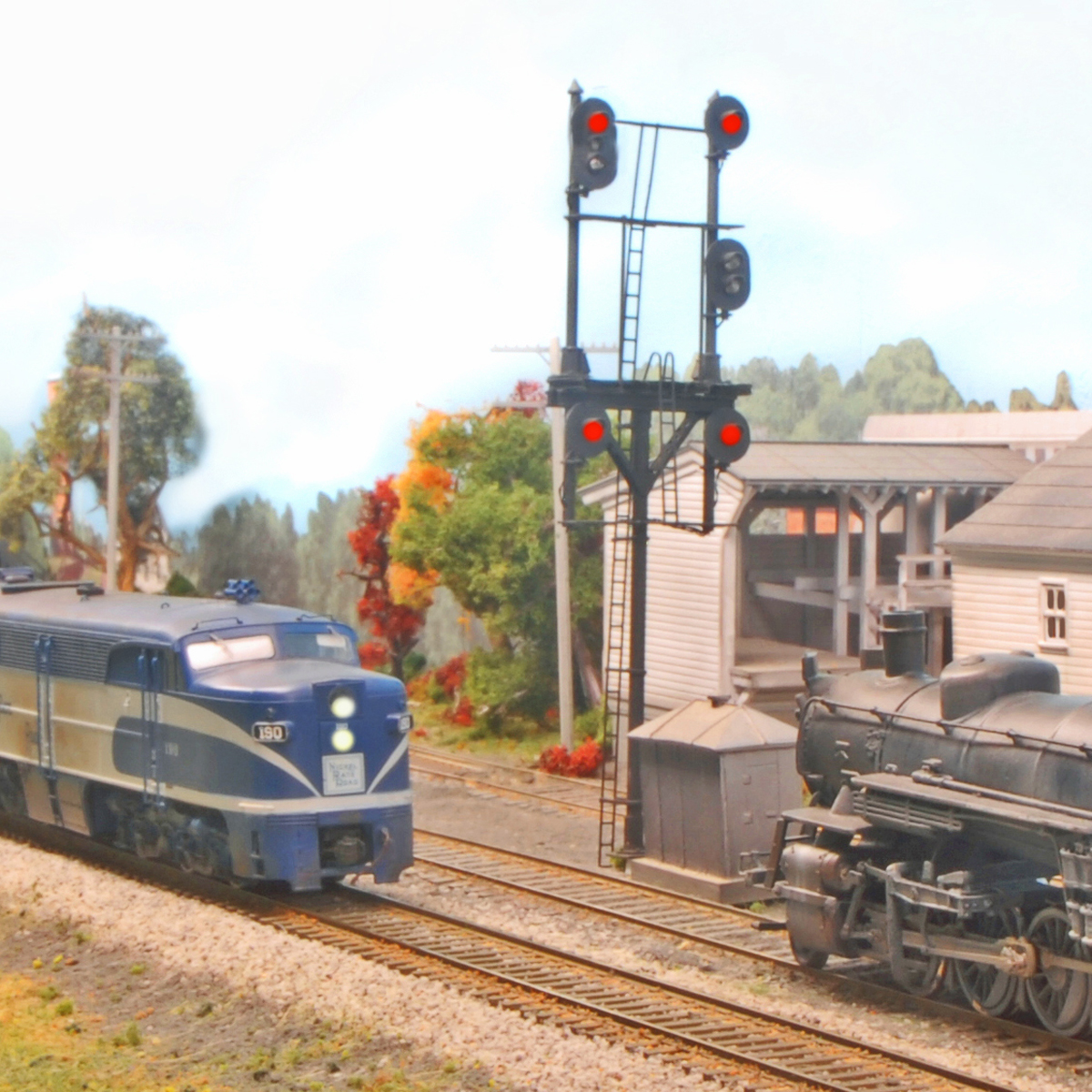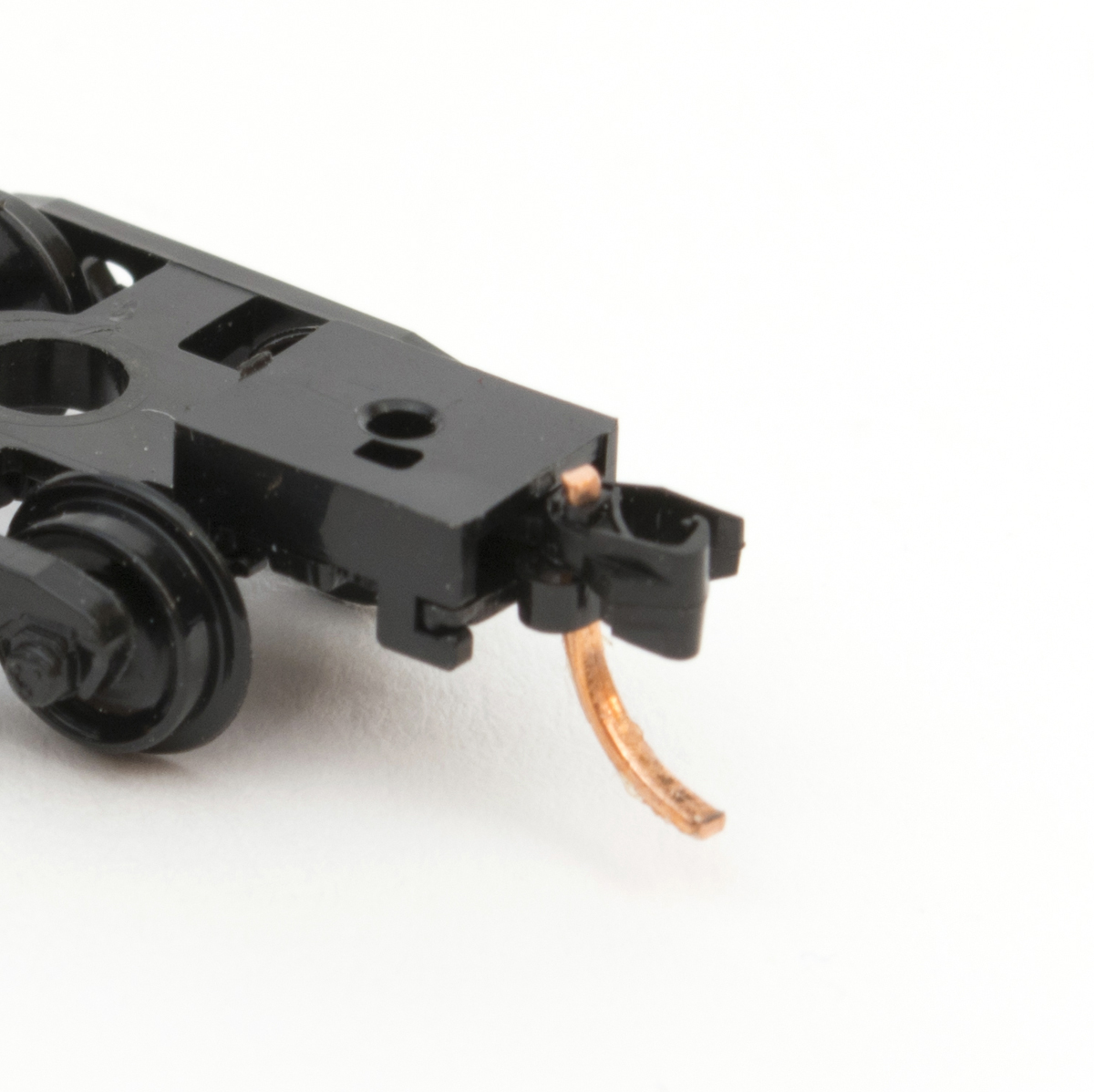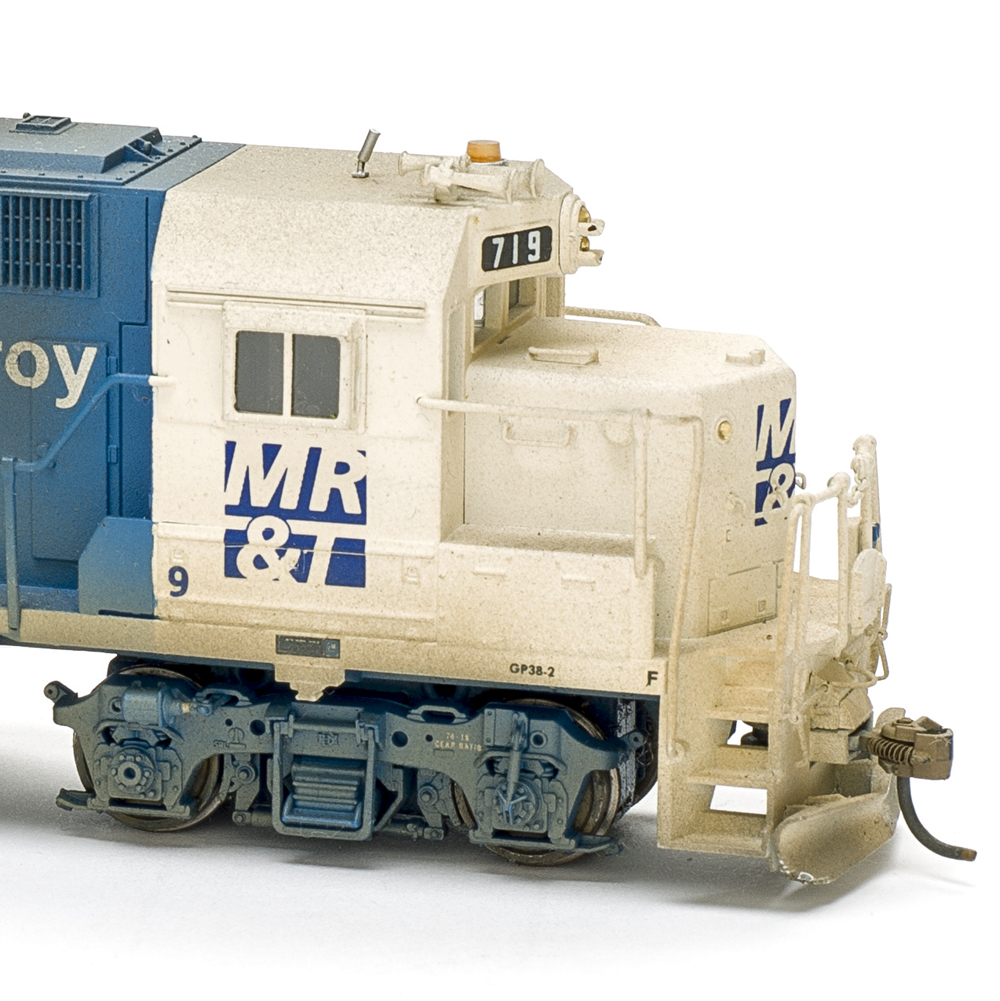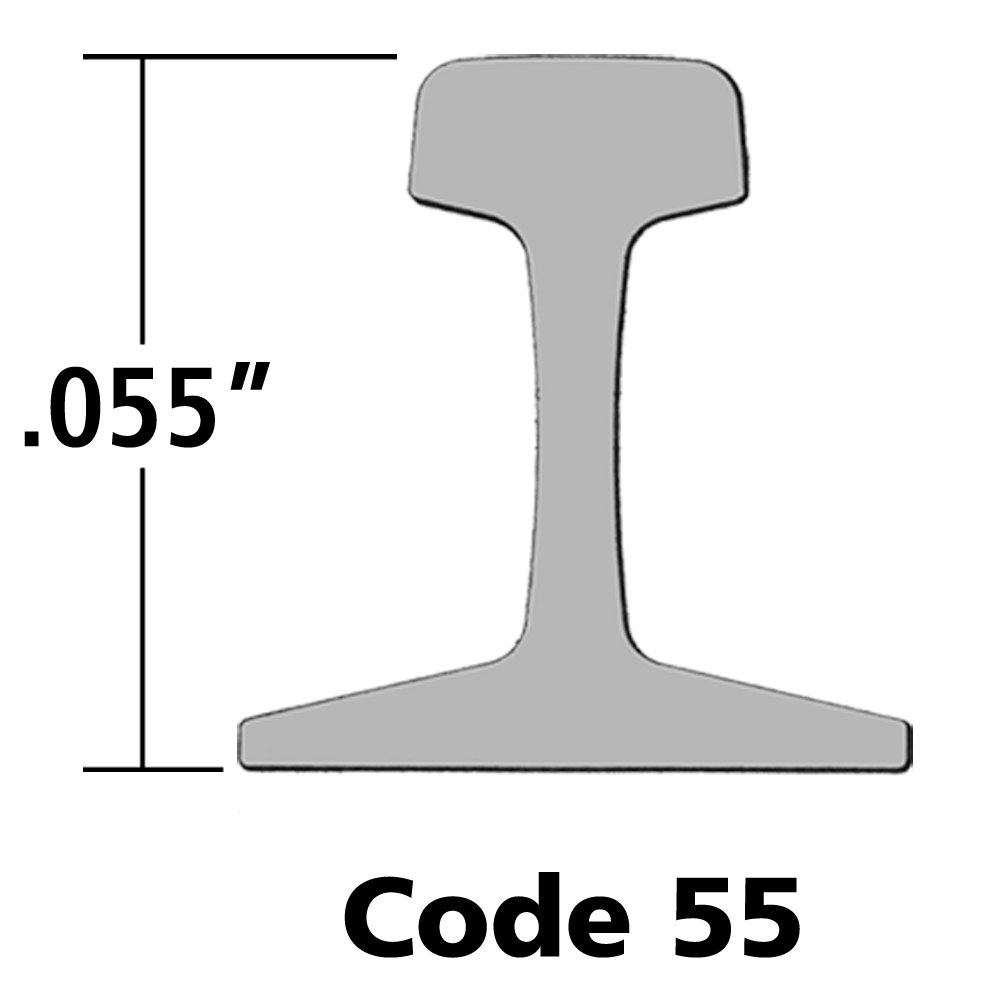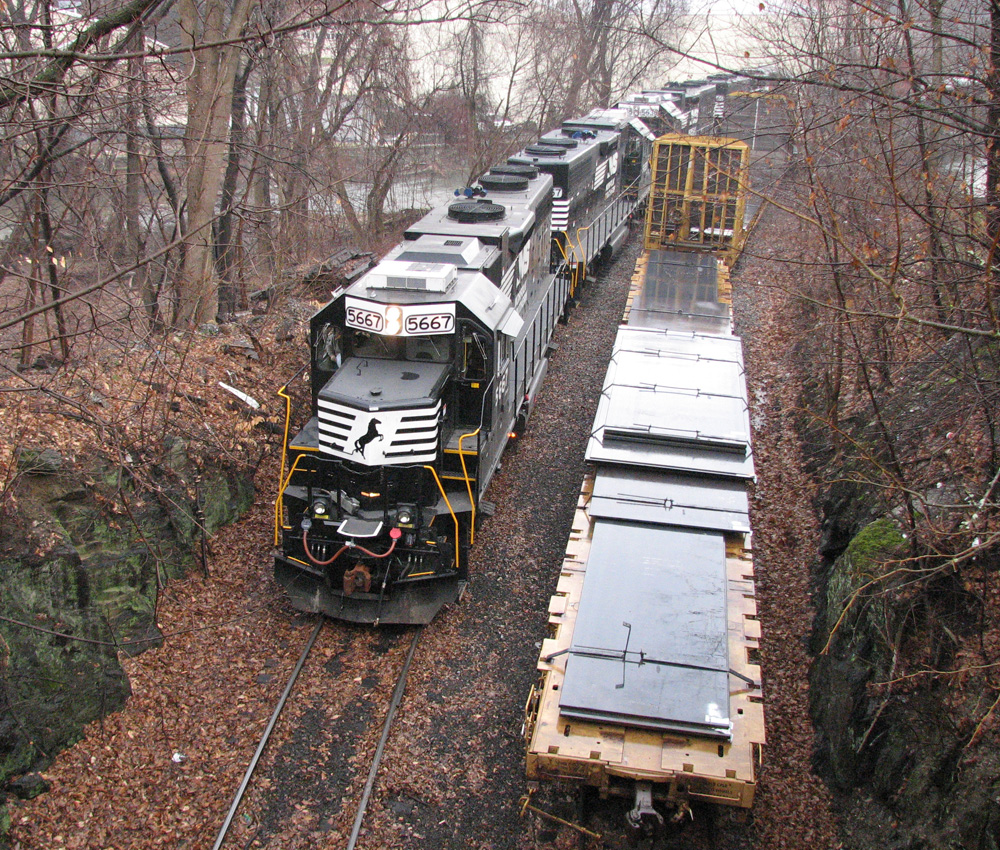
Q: I’m planning on making steel slab, H-column, and I-beam loads for my run through freight trains. What is the width, length, thickness and height of the load for these structural steel loads? – James Shepard
A: Hi, James. You asked a similar question not long ago, which I answered in my January 2023 “Ask MR” column. Steel can be cast, milled, rolled, and machined to practically any shape and dimensions a customer might desire. If you’re modeling these loads as run-through freight, rather than originating at or going to a particular industry on your layout, you can make them any size or shape you like. Pick out a few styrene structural shapes from Plastruct or Evergreen that look appropriate for your modeling scale, paint them up, and assemble them into a load for your flatcar or gondola. Don’t forget the blocking and banding to keep the load in place.
The question isn’t how big those steel shapes might be, but how many of whatever size can be carried on a railcar. Steel is a very dense material, so it doesn’t take much of it to reach the load limit of a typical flatcar or gondola. Frequent Model Railroader contributor M.R. Snell addressed this when he wrote an article about building a slab steel flatcar load for our March 2016 issue. In that article, he mentioned CalculatorEdge, a website that can calculate the weight of a slab of steel based on its length, width, and thickness. Choose the material (steel, aluminum, copper, and more) and shape, then input the load’s scale dimensions, and the site will return the item’s weight. Read the car’s load capacity stenciled on its side, and make sure your load weighs less than that.
That website doesn’t do structural shapes, though, just simple geometric cross-sections like slab, round, or tube. For I-beams, channels, L-girders, and the like, another site to try is GigaCalculator. You’ll have to put in more dimensions for these more complicated shapes, some of which you may have to guess at if you don’t feel like putting the calipers to every part of your styrene I-beams. But since we’re dealing with a model, ballpark guesses can be close enough without worrying about your car’s axles snapping under the load. It just has to look right.
Send us your questions
Have a question about modeling, operation, or prototype railroads? Send it to us at AskTrains@Trains.com. Be sure to put “Ask MR” in the subject.






